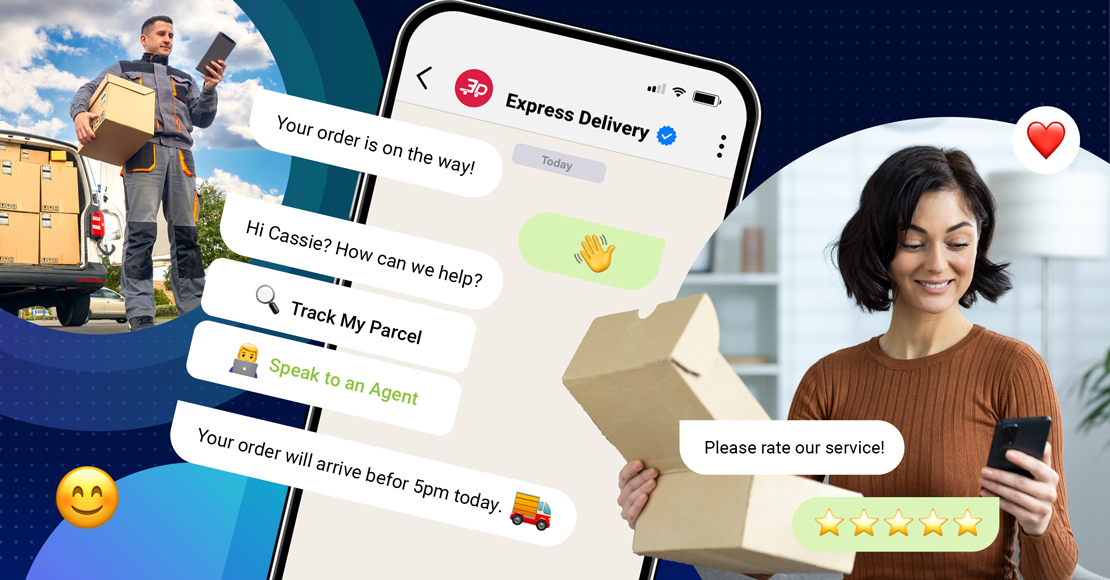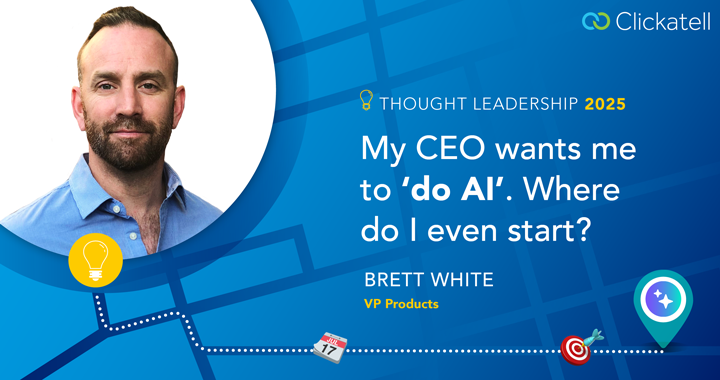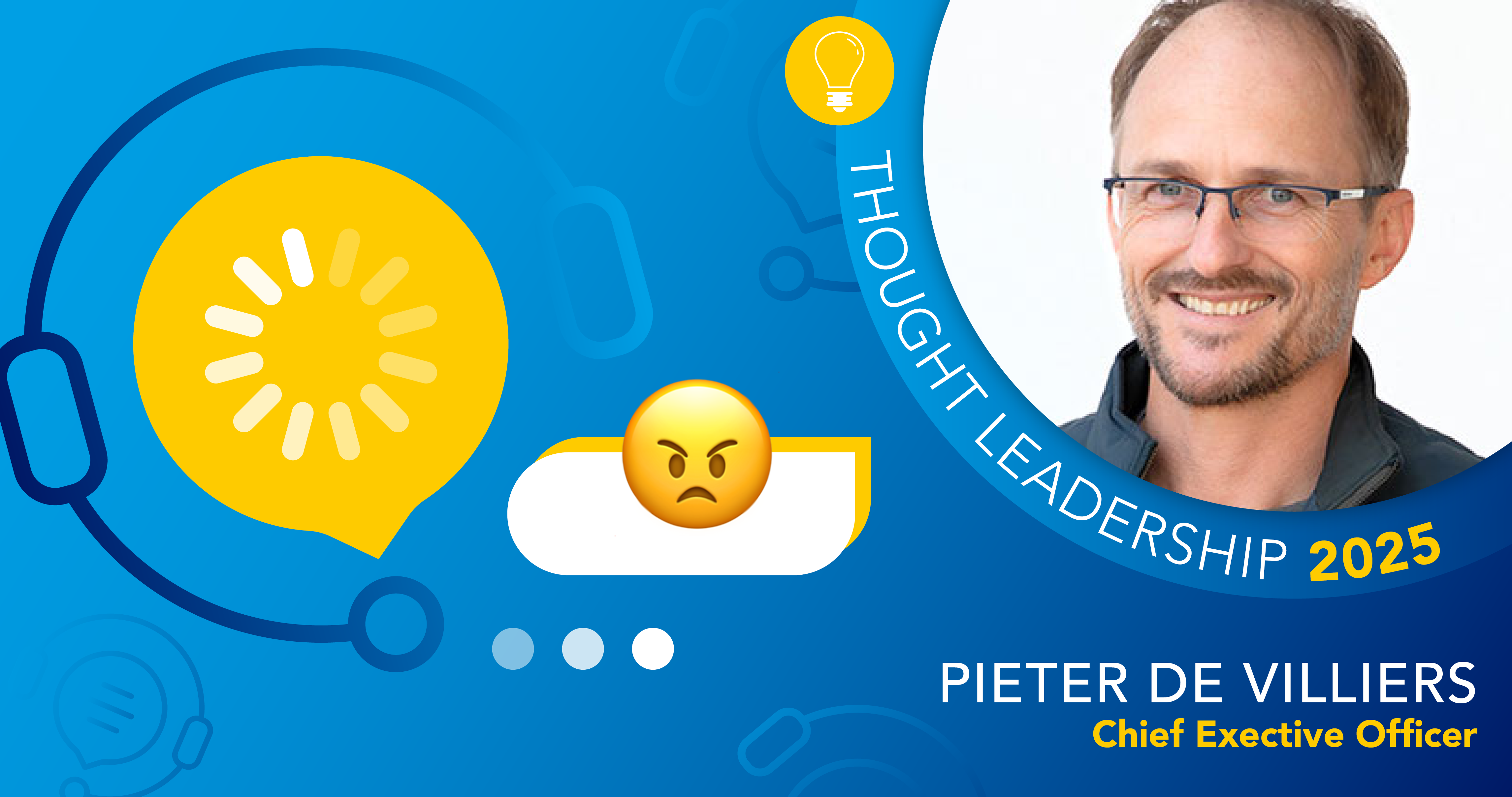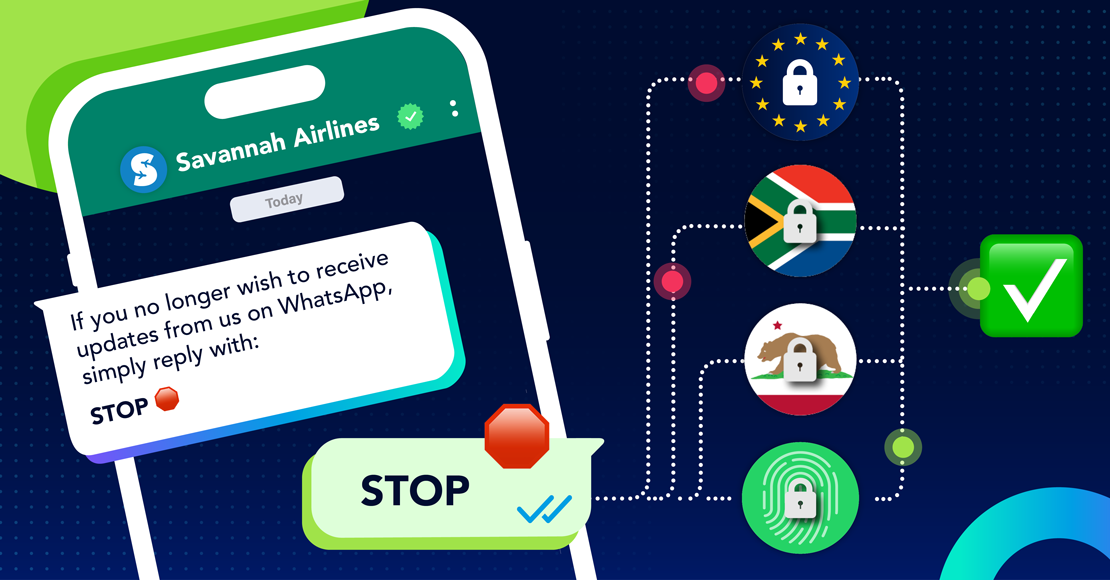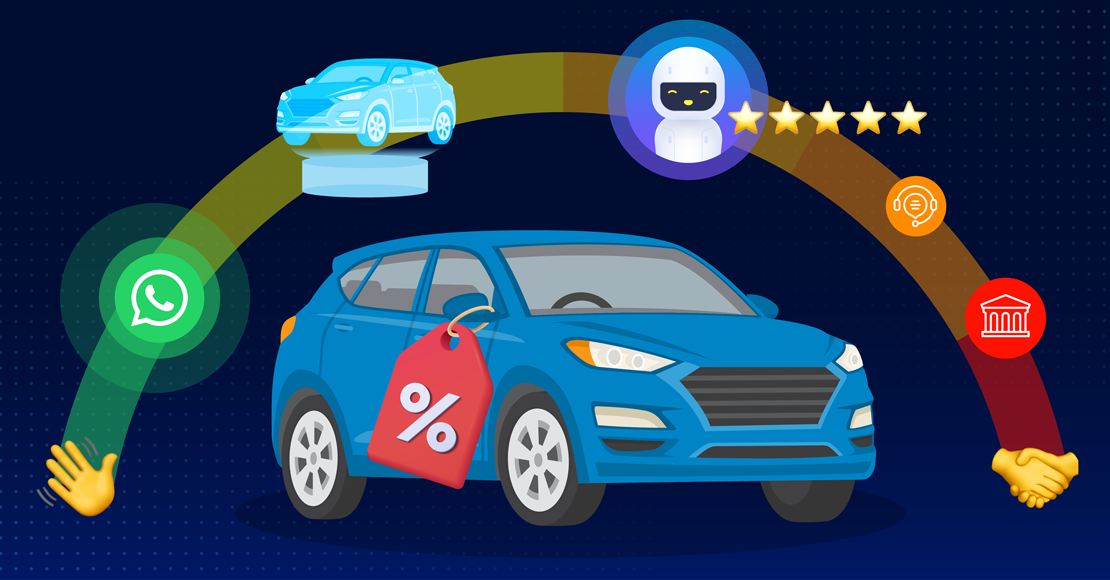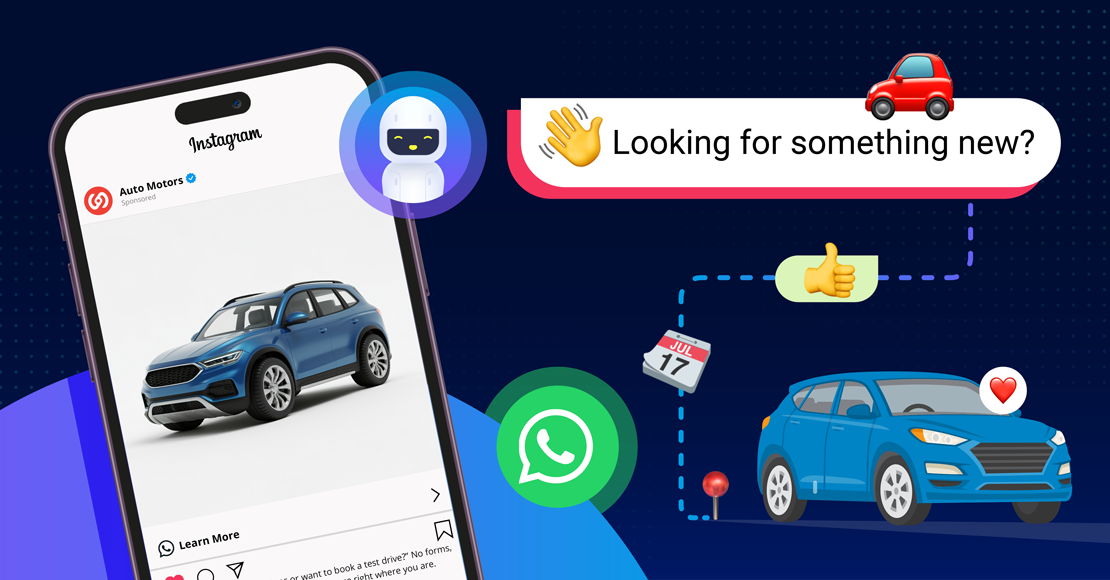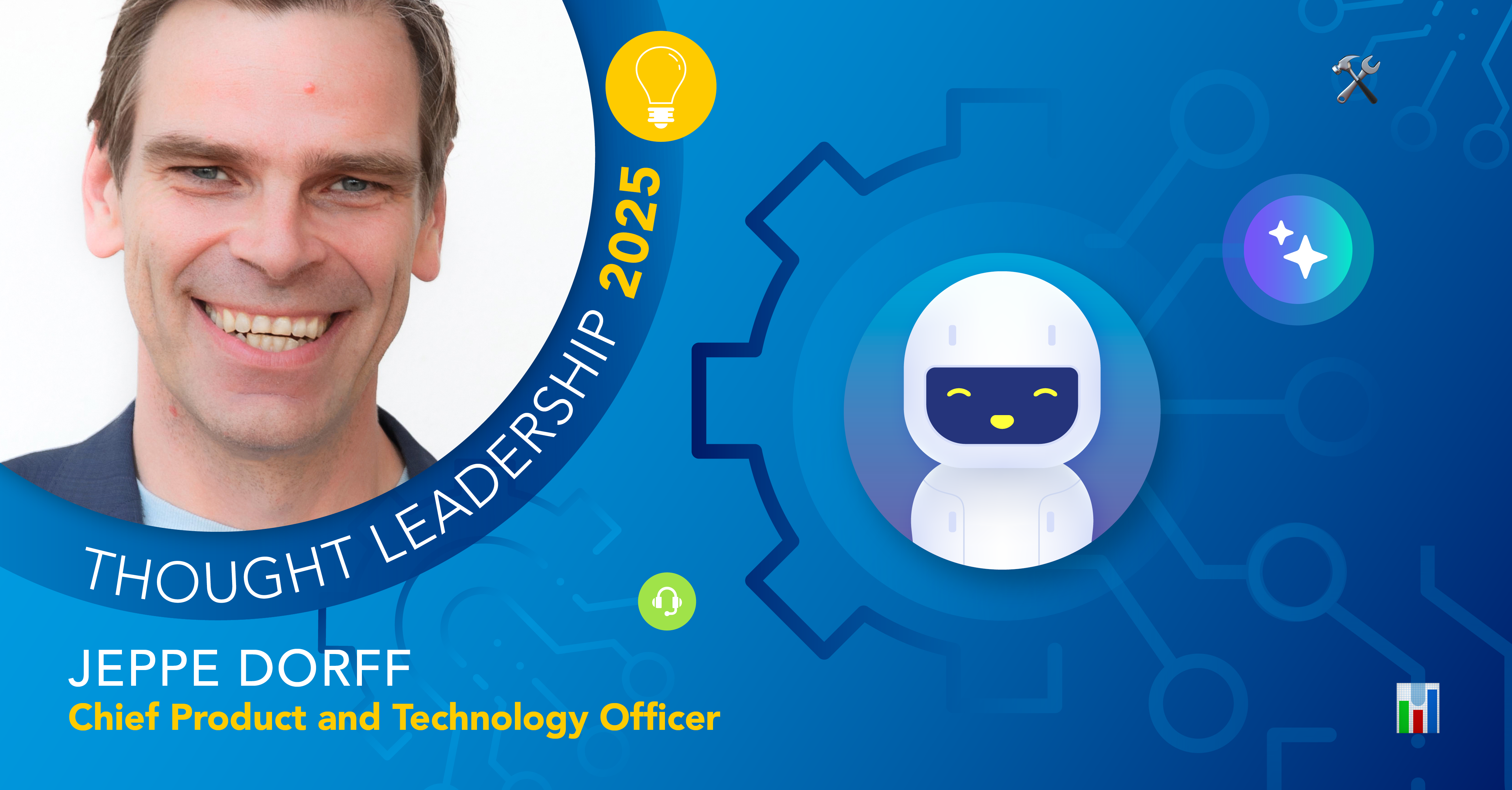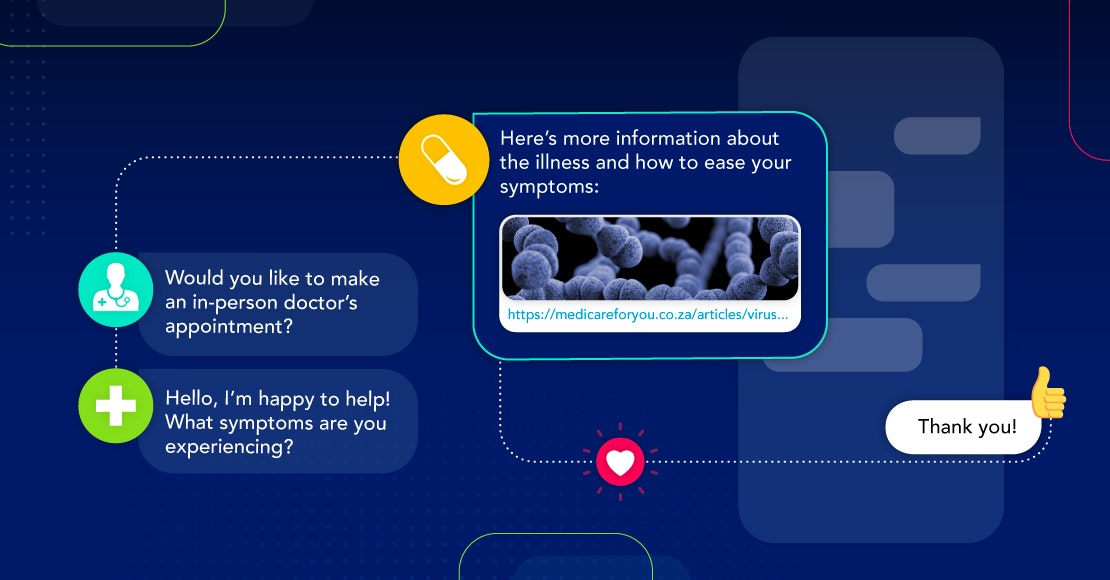
“Digital technologies are becoming critical in the fight against the ongoing pandemic. They have been used, among other things, for online medical consultations from home and for increasing efficiency in diagnosis and treatment of patients through telemedicine, which, like teleworking and online education, has been a novel experience for many.” – European Parliament
The fourth industrial revolution has been propelled by the arrival of Covid-19 and forced social distancing, with mobile phones providing the perfect platform for connection. For work, socializing and even healthcare, people are accessing the information they need remotely, without the need for physical engagement. Telehealth – also known as mHealth or eHealth – is providing doctors with a safe and secure way to diagnose patients. Here’s why so many healthcare professionals are turning to live chat and WhatsApp for healthcare.
What is the difference between a chatbot and live chat?
These are the two leading chat platforms being leveraged by doctors across the globe to facilitate patient consultations and provide diagnoses without in-person meetings.
Live chat: Using a messaging platform like WhatsApp or SMS, doctors are able to interact with their patients in real-time. This can emerge as a chat widget on the medical website, with queries resolved by live agents. It’s possible to have a number of human interactions at one time.
Chatbots: These are conversational interfaces that mimic human interactions with customers through natural language processing (NLP) and artificial intelligence (AI). As with live chat, chatbots can be accessed by messaging apps like SMS or WhatsApp, but these are computer-operated rather than humans.
What are the medical chat capabilities?
Telehealth provides doctors with a variety of uses to provide better patient care, faster, more cost-effectively, and at scale. Here’s a look at some of the medical chat capabilities.
1. Chat for diagnostics
“Diagnostic error is one of the most important safety problems in health care today, and inflicts the most harm. Major diagnostic errors are found in 10% to 20% of autopsies, suggesting that 40,000 to 80,000 patients die annually in the U.S. from diagnostic errors.” – Society to Improve Diagnosis in Medicine
Death as a result of diagnostic error is not something that should be happening in modern medicine, but they do occur. Some of these errors occur because of poor integration and data exchange in software used in healthcare; as well as poor patient communication. Chatbots and live chat are backed by a strong medical database with access to patient history for a more reliable diagnosis.
2. Access to patient data
Chat can be integrated into existing healthcare software such as electronic health records (EHR) and customer relationship management (CRM) software to provide valuable patient data. This makes for much more accurate diagnosis and improves medical services.
3. Reminders and alerts
Patient no-shows can be drastically reduced through medical chat with appointment schedule reminders sent ahead of time via SMS or WhatsApp. Beyond doctor appointments, the telehealth chat can be used to remind patients about periodic check-ups, medication, and medical procedures.
4. Appointment scheduling
Chatbots now come with scheduling functionalities so that patients can simply check through the profiles of available doctors and make an appointment for a time that suits them. Alternatively, the chatbot can gather diagnostic information from the patient to match the symptoms with the correct medical professional.
5. Prescription renewal
Patients with repeat prescriptions can benefit from WhatsApp for healthcare in that the medical chatbots will provide automatic prescription renewals. Patients don’t need to wait for an appointment, they simply enter their personal information into the chatbot and the order will refill remotely. This will require the doctor’s consent, so the chatbot can inform the patient if they need to make an appointment.
6. Automated responses
One of the most effective ways that medical chatbots are meeting customer needs is through automated responses to frequently asked questions. Medical practices can programme chatbots to provide patients with basic information required on a regular basis. Some of the FAQs that assist include:
Educational material related to certain illnesses
Instructions on taking certain medications
Preparation for medical procedures
The clinic’s operational hours and services
The clinic’s price schedule and contact information
The hospital’s admission process and what to bring
7. Triage patients for admission
WhatsApp or medical chatbots are also great for prioritizing patients in terms of emergency cases. The symptoms of the patient can be assessed through the chat platform with severe cases being pushed to the top of the list for urgent care, while minor cases can be provided with home treatment advice, or scheduled lower down on the list.
Benefits of chat for medicine
“Chatbots may have a beneficial role to play in health care to support, motivate, and coach patients as well as for streamlining organizational tasks; in essence, chatbots could become a surrogate for nonmedical caregivers.” – National Library of Medicine
Live chat and chatbots for healthcare are useful as diagnostic tools for medicine, but they have many other incredible benefits for the industry as well. These include:
- Contact patient support
Chatbots and live chat for healthcare are actually able to improve doctor-patient relations by providing patients with support when they need it. Unfortunately, medical emergencies don’t necessarily occur during office hours, which is why 24/7 support through automated response is hugely beneficial for patients.
- A reduction in no-shows
“Patient no-shows cause volatility in healthcare operations and waste human and space resources. Different no-show rates were reported from 12% to 80% in various healthcare settings. Several studies have identified various factors influencing no-show rates, such as gender, age, service quality, number of preceding appointments, appointment lead times, and waiting times.” – National Library of Medicine
In addition to the disruption caused by no-shows, they cost the healthcare industry billions each year. That’s where a medical chatbot can assist. By decreasing the number of unnecessary in-patient visits, sending out reminders to patients about appointments, and easing concerns related to the medical procedure, no-shows will drastically decrease.
- Quick and accurate diagnostics
Through AI, chatbots will continue to develop and provide more accurate medical diagnoses by taking the patient’s history and current symptoms into account. This not only improves patient care but frees up specialists to focus on the most urgent cases first.
Find out more about medical chatbots, WhatsApp, and live chat for healthcare solutions through industry leader, Clickatell, today.
Step into the future of business messaging.
SMS and two-way channels, automation, call center integration, payments - do it all with Clickatell's Chat Commerce platform.


